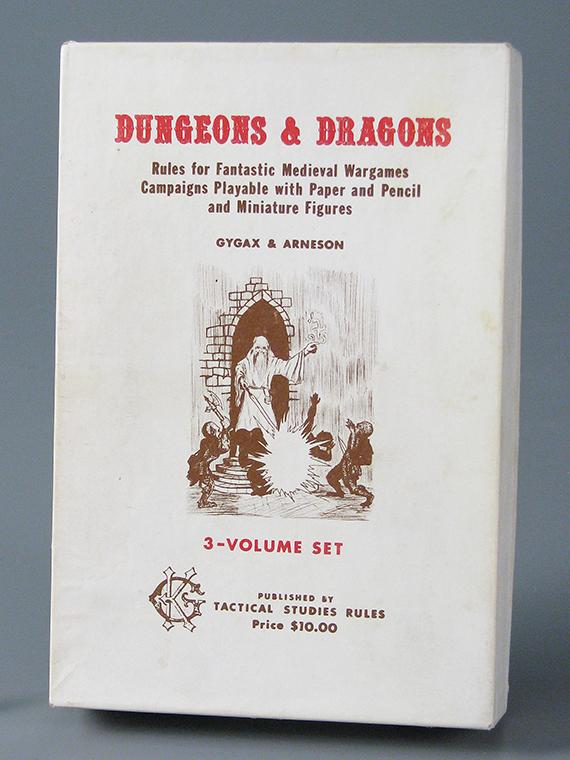Lessons from the Resurgence of D&D
Why a game of in-person collaboration and imagination has come back strong

In the late 1970s, I remember going to a game store and seeing a modest-sized white box with bad but eye-catching artwork on the stark cover. It looked like this:

The books inside seemed homemade, with saddle-stitched bindings, textured cover stock, and cheap text paper. The artwork was primitive but evocative. But the ideas inside were captivating, and the system was completely novel. The dice included were also very intriguing — who had ever seen an 8-sided die, much less a 20-sided die?
Within weeks, “Dungeons & Dragons” had swept into my life. Over the years between late elementary school and the middle of high school, I would spend an inordinate amount of time playing the game, running campaigns, and imagining systems to make the game even better. I published multiple issues of a local fanzine, and one of my best friends in these years became an award-winning painter of D&D fantasy figurines.
So here we are, 40 years later, and D&D seems resurgent among young adults. I am currently enjoying watching one of my grown children discover the game, the power of imaginative fun even in adulthood, and the joy of playing alongside friends. And she is chuckling at some of the old materials I still have stored away — old books, old homemade fanzines, old Dungeon Master materials.
Why is D&D resurgent?
Both eras of popularity (the initial one, and today’s) came on the heels of a major revival of the “Lord of the Rings” mythology — the 1960s, with the books becoming mainstream, and the 2000s, with the Peter Jackson films dominating the box office and awards.
But there are other reasons having to do with the game itself. The following Vox video gives us some clues:
In short, people like to collaborate, to be with one another, to have fun, to expand their horizons, and to use their imaginations. There’s also a lot of excitement to a well-run D&D game, which helps. It can really get your adrenaline going if you roll a “nat 20” when you need one!
What does this mean for publishers? In my opinion, our market has shifted too far into a role of serving authors and becoming relatively insensitive to readers. Yet, we all know that content is more memorable, more important, and more valued when it is not just a PDF shoveled out or HTML transformed slavishly from a Word document.
Journal clubs remain popular, and science pub nights are other scenarios where scholars and scientists gather to experience collaboration, shared time, fun, networking, and imaginations.
It’s also a reminder that people in younger demographics are perhaps seeking connections more than ever. Studies have shown that people born after 1995 exhibit different traits — among these are greater interest in group gatherings and collaborative spaces.
We serve social animals. We forget that at our peril.
For those of you who might want a little more fun watching people indulge in D&D, here’s a video of Stephen Colbert and Joe Manganiello riffing on their love of the game:
So this weekend, maybe play a game with some friends or something . . .